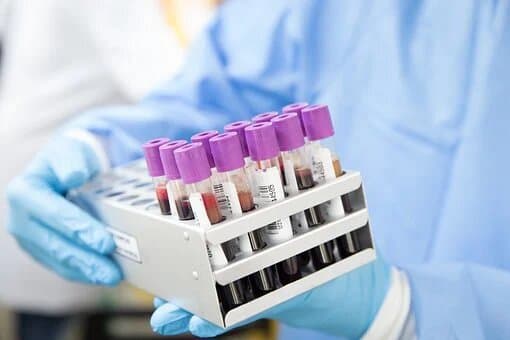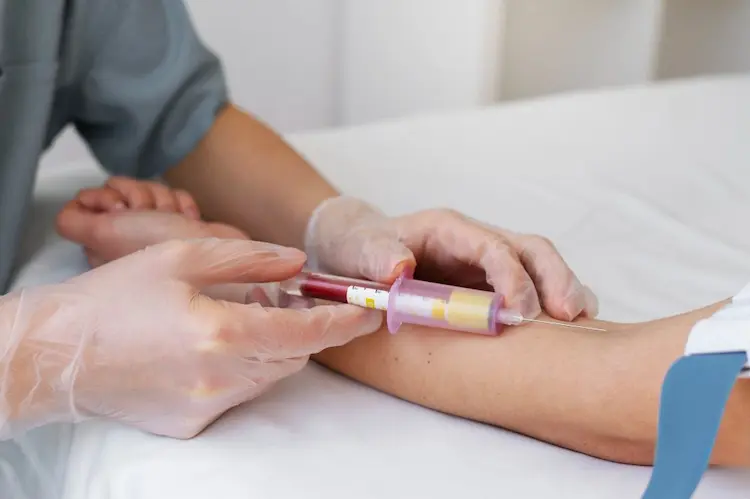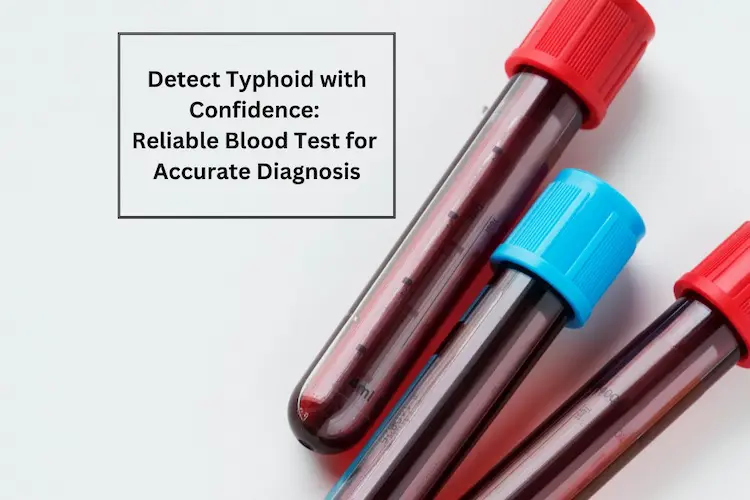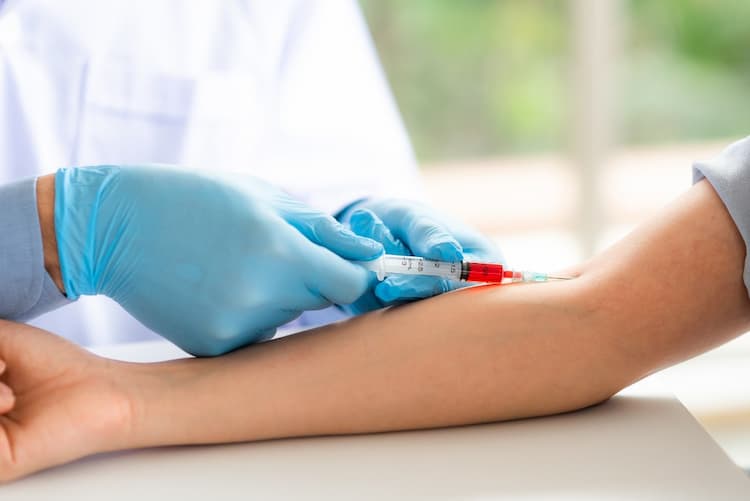CBC Test: Normal Range, What do Abnormal Levels Indicate?

Medically Reviewed By
Dr. Ragiinii Sharma
Written By Dr Divya Rohra
on Mar 3, 2022
Last Edit Made By Dr Divya Rohra
on Mar 18, 2024

When your doctor advises for a CBC test, he will be evaluating your overall health status. CBC or the complete blood count test is the blood test done to assess an individual's health and detect a wide range of disorders including Anemia, Leukemia, and other infections. CBC is often referred to as blood hemogram or CBC with Differential.
In this Article
The various blood parameters measured during the test include:
- Red blood cell (RBC) count - oxygen carriers
- White blood cell (WBC) count - helps fight infections
- Platelet count - blood clotting factors
- Hematocrit levels - the proportion of RBCs to the fluid or plasma concentration
- Hemoglobin levels - the oxygen-carrying protein in the RBC
Lower or higher than normal levels of these parameters can point towards a medical condition or disorder demanding further assessment or treatment. This article explains everything about the CBC test with MID blood test normal ranges and abnormal value indications.
CBC Test: What is it?
The complete blood count (CBC) is a commonly performed blood test prescribed by the doctor to check the health condition. It is also a part of the full-body check-up package. During the CBC test, the total count of various cellular components in the blood or the elements forming the blood is analyzed with simple techniques and laboratory equipment.
The cellular components of the blood analyzed during the CBC tests majorly are the RBCs, WBCs, and platelets.
The list of other crucial blood values recorded in a CBC test are:
- WBC differential count - the relative percentage of each type of WBC or MID cells (less frequent or rare cells) relating to monocytes, eosinophils, basophils, neutrophils, and lymphocytes.
- Hematocrit (Hct) - A proportion of RBCs are measured.
- Hemoglobin (Hbg) - Oxygen transporting metalloprotein in the RBCs are measured.
- Mean corpuscular volume (MCV) - Refers to the average volume of a red blood cell. The value calculated is derived from the hematocrit and red cell count.
- Mean corpuscular hemoglobin (MCH)- Refers to the average amount of hemoglobin in the average red blood cell volume. The value calculated is derived from the mean values of hemoglobin and the red cell count.
- Mean corpuscular hemoglobin concentration (MCHC) - Refers to the average hemoglobin concentration in a given volume of red blood cells. The percentage calculated is derived from hemoglobin and hematocrit values.
- Red cell distribution width (RDW) - Refers to the range volume and size of red blood cells.
- Mean Platelet Volume (MPV) - Average platelet size in a given volume of the blood.
What is the normal range for a CBC test?
The normal ranges of the various parameters tested in a CBC test are tabulated below.
| Parameters of CBC test | Normal range or Reference range |
| White Blood Cell (WBC) | 4,500 to 11,000 WBCs per cubic milliliter (c.mm) |
| White blood cell differential count | Lymphocytes- 1000-4000 per mm3 |
| Monocytes- 100-700 per mm3 | |
| Eosinophils- 50-500 per mm3 | |
| Basophils- 25-100 per mm3 | |
| Neutrophils- 2500-8000 per mm3 | |
| Red blood Cell (RBC) | Men- 4.5 to 5.5 mill/c.mm |
| Women- 3.8 to 4.8 mill/c.mm | |
| Platelet Count | 150,000 to 400,000 per c.mm |
| Hematocrit | Men- 0.40-0.54/40-54% |
| Women- 0.36-0.46/36-46% | |
| New born- 0.53-0.69/53-69% | |
| Hemoglobin | Men- 13.8 to 17.2 gm/dl |
| Women- 12.1 to 15.1 gm/dl | |
| Children- 11 to 16 g/dl | |
| Pregnant Women- 11 to 15.1 g/dl | |
| Mean Corpuscular Volume (MCV) | 80 to 100 femtoliters |
| Mean Corpuscular Hemoglobin (MCH) | 27 to 32 picograms |
| Mean Corpuscular Hemoglobin Concentration (MCHC) | 32% to 36% |
| Mean Platelet Volume | 9.4–12.3 femtoliter |
| Red cell Distribution width (RDW) | Men- 11.8 to 14.5 percent |
| Women- 12.2 to 16.1 percent |
Note: The normal or indicative values can slightly vary between laboratories and clinical set-ups.
What do abnormal levels of a CBC test indicate?
CBC tests can be a part of your routine check-up or be a follow-up test for certain treatments. The reasons for the test may vary, but knowing what the lower or higher range than normal signifies is necessary.
- White Blood Cells: A high WBC count or leukocytosis may signify an infection, immune disorder, or an allergic reaction in the body. However, less commonly indicating any malignant condition.
A low WBC count, also called leukopenia, may indicate a bone marrow problem.
If you have an abnormal WBC count, a follow-up WBC check may be additionally done to monitor the treatment's response to an infection or condition.
- WBC Differential Count: The lower or higher than normal values of MID cells indicates infections, certain medical conditions, or immune disorders.
- Red blood cells: A low red blood cell count or less hemoglobin can signify anemia or deficiency of iron.
Conversely, a high red blood cell count or hemoglobin is called erythrocytosis. It may point towards a bone marrow disease, low blood oxygen levels, hypoxia, lung, kidney or a heart condition.
- Platelet Count: A low platelet count, also called thrombocytopenia, may lead to prolonged bleeding or affect the production of platelets in the bone marrow. This in turn may lead to other medical conditions.
On the other hand, a high platelet count, also known as thrombocytosis, may point towards a bone marrow problem or inflammation.
The above-given conditions for abnormal blood values are probabilities and do not draw any conclusion of you having a particular problem. Your doctor will best guide you after a CBC test and let you know your problems accordingly.
Conclusion
If you are looking to know your overall health condition, CBC or Complete Blood Count (Hemogram) is usually recommended where the various components of the blood are monitored and checked. Overall, it gives you the total blood count values of different blood parameters. However, an abnormal range can signify certain conditions and will require further diagnosis or treatment.
Connect with your doctor to check your blood parameters or get a CBC test done. CBC tests can be availed at Redcliffe labs at affordable prices with home sample pick-up services and more.
Leave a comment
1 Comments
Arun Swami
Oct 2, 2023 at 2:48 PM.
MID% is 26 What are the issues....
Myhealth Team
Oct 7, 2023 at 7:51 AM.
A MID% value of 26% alone doesn't indicate specific health issues. Consult a healthcare provider for a comprehensive evaluation of your blood test results and any potential concerns.



